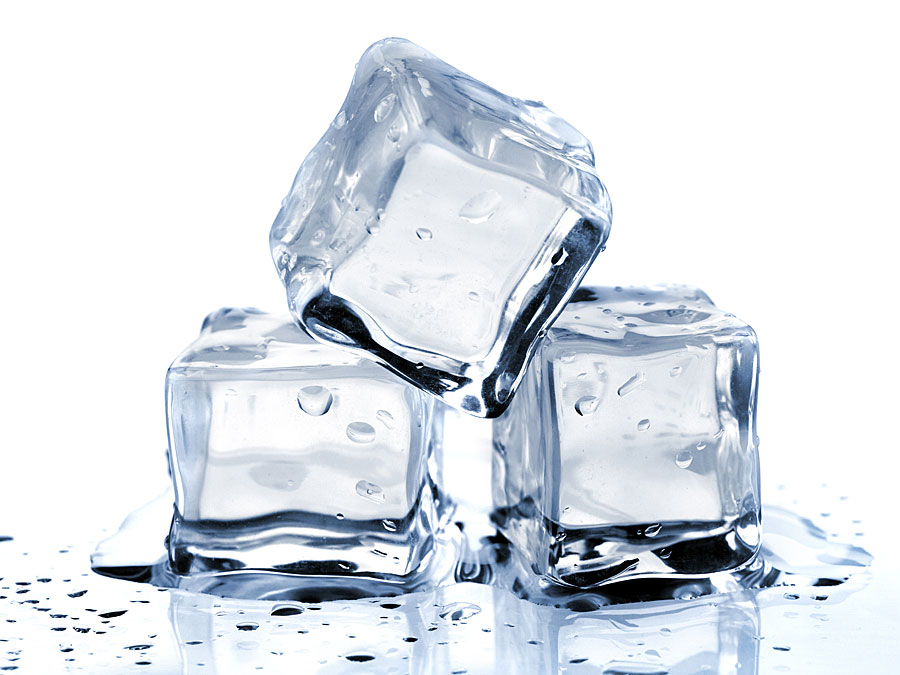A team of Hokkaido University scientists has unraveled a 150-year-old mystery surrounding the surface melting of ice crystals in subzero environments by using an advanced optical microscope.
"Ice is wet on its surface": Since this phenomenon, called surface melting, was mentioned by British scientist Michael Faraday more than 150 years ago, the question of why water on the surface of ice does not freeze in a subzero environment remained unanswered.
In their search for the underlying mechanism behind surface melting, the team used a special optical microscope jointly developed with Olympus Corp. to observe how thin water layers, or quasi-liquid layers (QLLs), are born and disappear at various temperatures and vapor pressure levels.
According to the researchers' findings, thin water layers do not homogeneously and completely wet the surface of ice - a discovery that runs contrary to conventional wisdom. QLLs, therefore, are not able to stably exist at equilibrium, and thus vaporize.
Furthermore, the team discovered that QLLs form only when the surface of ice is growing or sublimating, under supersaturated or unsaturated vapor conditions. This finding strongly suggests that QLLs are a metastable transient state formed through vapor growth and sublimation of ice, but are absent at equilibrium.
